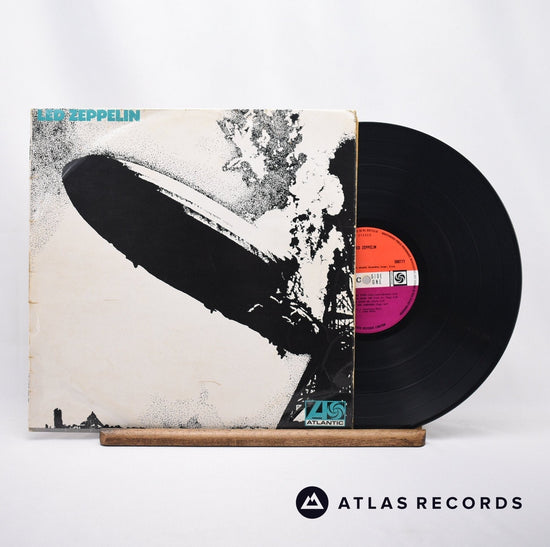Making vinyl records is a detailed and interesting process that combines art and precision engineering. It starts with carefully creating a master disc from the audio. This master is used to make a metal mould called a stamper for pressing the vinyl. The vinyl, often made of PVC, is melted and pressed between the stampers to shape the disc. While it cools, grooves with the music details are pressed onto the surface. The final steps include cutting, labelling, and packaging. These steps give vinyl records a special appeal and make them popular even in today's digital age.
We’ve all spent so many hours admiring and enjoying our record collections, but what about how the records actually come into existence in the first place?”
As you can probably imagine, the creation of a twelve-inch piece of plastic that plays your favourite music when spun at a specific speed under the weight of a small, diamond-infused stylus could prove to be quite intricate and involved… You would be right.
"The amount of pressure needed to press the vinyl into its final record shape is around two thousand PSI (or pounds per square inch)."
In today’s article, we look at how many stages of an elaborate process come together to create one of the most iconic music mediums the world has ever known.
The vinyl record that we know and love today was introduced to the mass market in 1931 by RCA (although the concept of playing music through a flat disc and accompanying gramophone is thought to have originated as far back as the 1890s).
The first stage in preparing music for being pressed onto vinyl is mastering. An audio analogue engineer will 'master’ the audio tracks of a given album to optimise them for pressing into a record. They then use what is known as a record lathe to cut the master or ‘mother’ disc.
The ‘lathe’ is effectively an engraving tool that will mark the grooves onto a blank piece of PVC (Polyvinyl Chloride) – this is the material that the record is made out of.
Creating the ‘mother disc’ is part of the process that is carefully monitored to ensure the recording comes out as close to perfect as possible, as this is the version that will end up being replicated across all copies of the finished product. One of the main names in disc cutting lathes is Neumann.
You can see one in action below.
The mother disc will then be used to mould a master stamp, which is made using liquid silver in what is called an ‘electroplating’ process. This fills the grooves completely and once hardened using a nickel solution, is strong enough to stamp hundreds of thousands of identical records.
Pretty much all of these master records have been kept safely in various archives across the world, meaning we have a physical database of everything that has been pressed onto vinyl. An industry leader in this is United Records, you can see a tour of their Processing Plant (and the vinyl-making process as a whole) in the video below.
These stamps will soon be attached to a vinyl pressing machine. Many of them that are still in use today date from the height of vinyl production and have been lovingly restored to their former glory.
The records that we have been enjoying since the sixties are made from the same polyvinyl chloride material that we mentioned earlier (hence the name ‘vinyl’). This PVC material initially comes in pellet form, but is eventually melted down and shaped into something similar to a hockey puck, also known in the industry as a ‘biscuit’.

This is placed in between the stamps and the labels are attached first, which helps to centralise the record and prevent warping.
Next, the silver stamps are attached to the machine, and a huge amount of pressure is used to form the records. The amount of pressure needed to press the vinyl into its final record shape is around two thousand PSI (or pounds per square inch).
During this pressing stage, the vinyl is also heated to around 180 degrees Celsius (300 degrees Fahrenheit) and is then cooled to about 40 degrees Celsius (100 degrees Fahrenheit) so that it can first be malleable enough to form its shape, and then cool enough to maintain its shape.
Finally, they're visually inspected. Each record will be visually checked for any warping that may have occurred during the manufacturing process, as well as any other avoidable imperfections that may have cropped up during pressing.
When each vinyl record gets the ‘ok’ from those inspecting them, they are slid into their sleeves and prepared for dispatch across the world!













